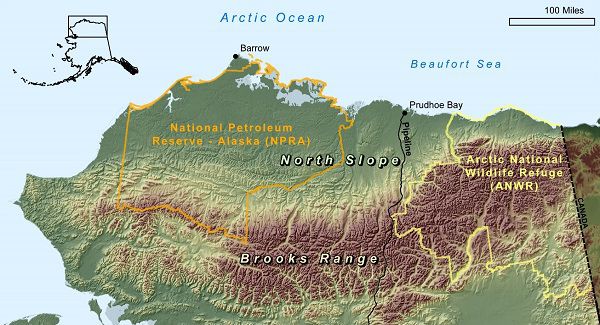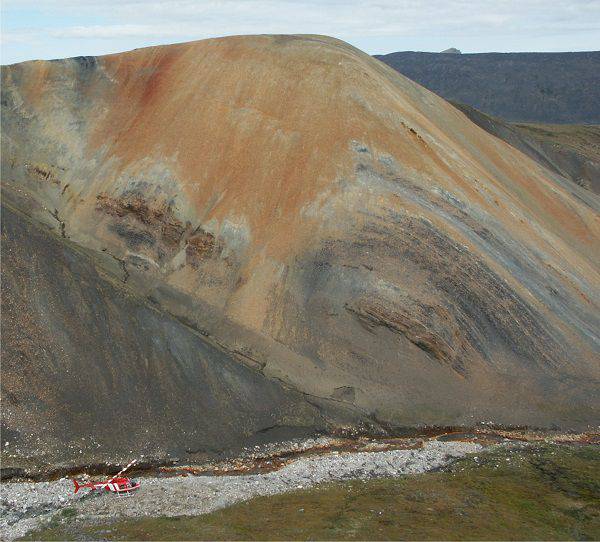
Northern Alaska is a world class petroleum province that includes some of the most prospective onshore regions remaining in North America. Despite this potential, the North Slope remains underexplored relative to other sedimentary basins around the world. New exploration ventures are hampered by the limited amount of published geologic data, and much of the available information is reconnaissance in nature. This problem is particularly acute for smaller companies with limited access to proprietary industry data. In an effort to stimulate exploration for hydrocarbons in northern Alaska, DGGS developed a program to acquire and publish high quality geologic data to improve our understanding of regional petroleum systems and entice new exploration investment. The cost of this program has historically been shared by major and independent oil and gas companies.
While directed by DGGS, this research effort is a multi-agency collaboration that includes the Alaska Division of Oil & Gas (DOG), the United States Geological Survey (USGS), the University of Alaska, and others. We regularly conduct bedrock geologic mapping as an integral component of the North Slope Program. Our long range objective is to eventually produce a contiguous series of detailed geologic maps along the entire foothills belt, thereby establishing a regional geologic framework necessary to understand the evolution of the petroleum system. Our work also examines the sedimentology and stratigraphy of key reservoir and source rock intervals, providing new constraints on the depositional history and correlation of units, and reservoir quality. When possible, we also interpret available seismic and well data; the integration of our surface structural and stratigraphic observations with subsurface data has improved our understanding of basin evolution and regional exploration potential.

Organic and tuff-rich mudstones of the Hue Shale at Hue Creek in the eastern Brooks Range. Surface weathering of tuffs imparts the orange color. Photo credit: Marwan A. Wartes, DGGS.